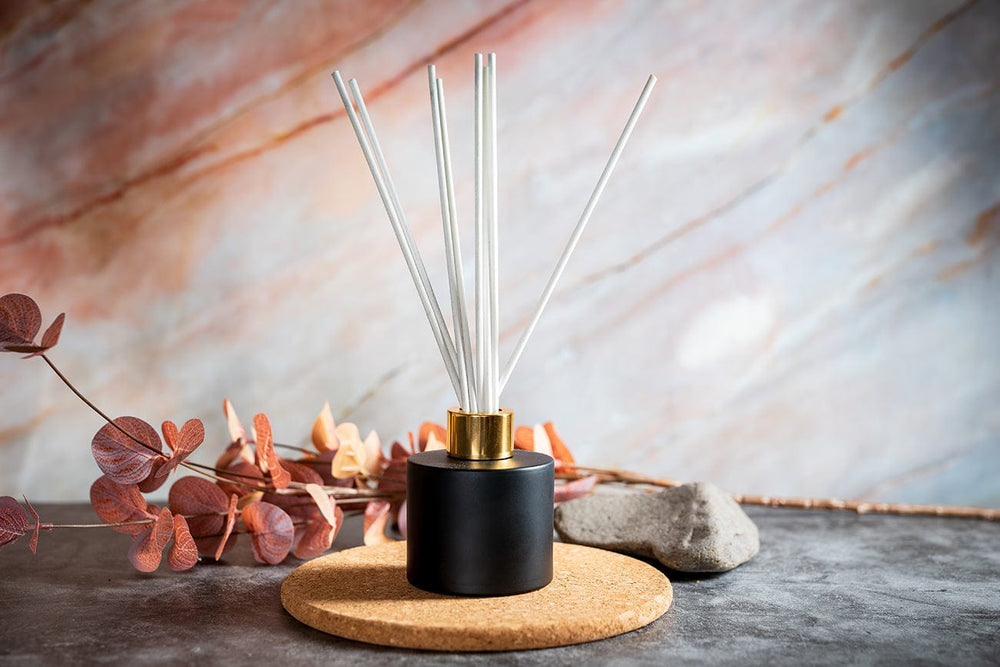What is Inventora?
Are you tired of drowning in inventory spreadsheets, wishing there was an easier way to manage your candle-making business? Well, guess what? Your prayers have been answered with Inventora!
Inventora isn't just another inventory software – it's your partner in candle crafting success. With its intuitive interface and powerful features, it takes the stress out of tracking stock levels, forecasting demand, and managing batches. Say goodbye to inventory headaches and hello to more time spent doing what you love – making beautiful candles!
To get the most out of Inventora, our lovely team have created a spreadsheet to help you get started.
Material Import
Today, we are going to guide you through using Candle Shack's inventory import feature to efficiently import all your raw materials into Inventora. This method saves you time compared to importing products one by one.
We've created a set of videos to help you get started on your Iventora journey, follow along with the link below!

Step 1: Understanding the Template
Take a look at the template on your screen. It consists of 8
columns:
- Category – we’ve uploaded most of the Candle Shack products to this drop down menu.
- Product name – You can rename this to fit with your product line.
- Unit type – Do not rename this as Inventory only has a set number of unit names.
- Supplier
- Stock level – Always linked to column C
- Minimum level
- Unit cost
- Notes
Step 2: Filling in the Template
- Stick to the predefined unit types like kilograms and items to maintain consistency.
- Populate the stock level and minimum level columns based on your inventory requirements.
- Determine unit costs based on previous invoices or supplier prices.
- Use the notes column to include any useful information, such as product URLs.

Step 3: Customizing Your Inventory
- Start by focusing on specific categories like fragrance, glassware, wax, and wicks.
- Highlight the rows corresponding to the products you use and delete the rest to streamline your inventory.
- Adjust stock and minimum levels according to your needs.
- Save the modified template as a CSV file for import.
Step 4: Importing into Inventora
- Open Inventora and navigate to the materials section.
- Choose the import CSV option and upload your file.
- Verify the mappings and hit upload to import your materials.
- Check your inventory to ensure everything has been imported correctly.
CREATE PRODUCTS
Now that we've imported our inventory into Inventora,
let's move on to creating our products.

Step 1: Adding Products
Inventora has a CSV feature for adding products, as well as a manual option. Whichever method you decide to use will depend on the needs of your business. We are going to show you the manual option, this method works well for smaller inventories:
- Start by creating a product for each size of candle you offer. For example, a 20 cl amber candle.
- Specify details like manufacturer, stock levels, and production quantity.
- Add the required materials for each product. For instance, the 20 cl candle may require a jar, wax fragrance, wick, wick pad, and wooden lid.
- Enter the quantities of each material needed for production. You can use units like grams for wax and fragrance.
- Set the retail and wholesale prices for your products.
- Save your product details.
Step 2: Duplicate and Customize
- Use the duplicate feature to create variations of your products, such as different fragrances.
- There is also a product bundle feature, this feature is perfect if you sell gift sets or bundles that include different products from your range.
- Adjust the details for each variation, ensuring accuracy in quantities and pricing.
- Remember to assign unique SKUs to each product to avoid confusion during sales and inventory tracking.

Step 3: Finalize and Repeat
- Review your product details for accuracy, including SKUs and pricing.
- Repeat the process for other products in your inventory, such as diffusers or wax melts.
- Keep an eye on unit costs, which will update as you purchase materials and restock inventory.
- Inventora uses a FIFO (first in first out) method. For example, if you purchased candle jars for £4 each, but on your next purchase you got a deal of £3 each, the price will not change until you have used every candle jar from the first batch. The materials/product page will show the average cost based on these different prices for supply orders.
Taking the time to input accurate information now will streamline your inventory management and sales processes in the future.
AUDIT
Audits allow you to perform stock counts, but there's an
important consideration regarding unit costs.

Importance of Unit Costs:
- It's crucial to include unit costs, especially during CSV imports, to avoid issues during audits.
- Items without a unit cost can cause problems when performing audits because they'll be imported with a cost of zero.
Performing an Audit:
- Start by ensuring all materials have accurate unit costs.
- During the audit, if you find discrepancies in stock levels, update them accordingly.
- Be cautious when updating stock levels for items without a unit cost, as it may affect accuracy.

Tips for Accuracy:
- Ensure unit costs are included during initial imports.
- If unit costs are missing, consider deleting and re-importing materials with accurate costs.
Audits are useful for maintaining inventory accuracy. Pay attention to unit costs to avoid inaccuracies during audits.
Regular audits, ideally with accurate unit costs, help ensure inventory data remains reliable.
Production
Follow along
Quick Production Update:
One method is to update stock levels directly, but this doesn't provide detailed production records and isn't recommended for proper inventory management.
Creating a Production Run:
Another method is to create a production run from the product menu or the production section.
You can specify details like the production date, run name, quantity, and any notes.
This method creates a planned production run, which you can then execute.

Detailed Production Runs (Paid Version):
- The paid version allows for more detailed production runs, including the ability to assign batch numbers to materials.
- This is useful for tracking batch-specific information, especially for items like fragrances or materials with expiration dates.
- Completed production runs provide batch information, enhancing traceability and inventory management.
Choose the method that best suits your needs but consider the benefits of detailed production runs for improved inventory tracking and management.
The paid version of Inventora offers additional features like batch tracking, which can be valuable for certain businesses.



